Financial Fair Play (FFP) is one of those topics that invite controversy.
There are those who believe that it was written to preserve the status quo of large clubs by preventing the nouveau riche from spending money to challenge the established players. Others say it is an attempt to control player wages by restricting what clubs can play.

(Copyright Lluis Gene/AFP 2015)
UEFA says that it is concerned solely with ensuring the stability of football clubs. One could even argue that it was intended to slow down the rate of foreign ownership in the European leagues.
I would argue that FFP was ultimately anti-competitive in its original form and needs to be changed significantly, if not scrapped altogether and here’s why.
The era of the football club being an amateur entity and concerned about playing the game only has long since passed. In the modern game, football is a billion dollar business and the richest clubs in Europe like Manchester United, Real Madrid and Barcelona each have values exceeding US$3 billion with annual revenues in excess of US $650 million. These clubs are more like multi-nationals rather than your neighbourhood sports club.
In a world where major companies like Lehman Bros, Enron and Arthur Andersen have been consigned to the dustbin of history and life goes on, it seems strange that a football club should be in need of special treatment to ensure that they survive.
When FFP was being proposed, UEFA’s Executive Committee stated that the objectives were as follows:
•to protect the long term viability of European club football;
•to introduce more discipline and rationality into club finances;
•to decrease pressure on salaries and transfer fees and limit inflationary effects;
•to encourage clubs to compete within their means;
•to encourage long-term investments in academies and youth infrastructure; and
•to ensure clubs settle liabilities on a timely basis.
The two items in italics deserve attention as they go to the heart of why I think FFP is anti-competitive. In 2013, the EPL passed its own set of FFP rules. These are very similar to the UEFA rules in terms of the cap on losses except the that 3 year rolling total is much higher at £105M compared to the €45M by UEFA.
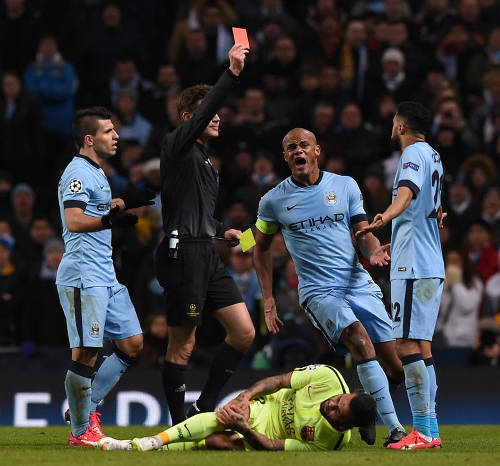
On the floor is Barcelona defender Dani Alves.
(Copyright AFP 2015)
What this means is that Clubs that are competing in UEFA competitions such as the Champions League and the Europa League cannot make more than €45M in cumulative losses over the three year period ending in 2015. The limit was supposed to drop to €30m for the periods 2015/16 to 2017/18.
This is much more stringent than the rules implemented by the EPL where the allowed losses are £105M.
The difference in the rules is likely due to the fact that at the time the rules were approved, Manchester City, Chelsea, Liverpool and Aston Villa have all reported higher losses than £105million in the preceeding period. They therefore needed more time to meet the requirements if it was set at UEFA levels. It should be noted that these levels are only allowed if it is entirely covered by a direct contribution/payment from the club owner(s) or a related party for both the UEFA and EPL rules
The EPL also implemented salary restrictions rules (really it is a cap) set at £52M 2014, £56M in 2015 and £60M in 2015-16. These rules require wages to be paid via the clubs’ shares of the £5.5billion TV rights deals.
As it currently stands, the cap could be sidestepped if a team could show the extra money came from increased commercial or matchday revenue. It however, cannot be subsidised by the owner.
This is fine for the established big four who have sizeable commercial revenue. The problem is however that there is a hard ceiling on the wage level at a time when EPL TV income is increasing dramatically. These restrictions do not exist in under UEFA FFP.
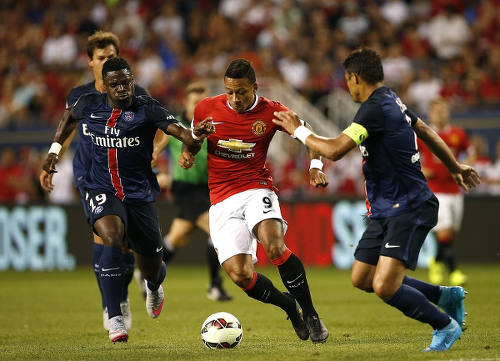
(Copyright Joshua Lott/AFP 2015)
This creates a conundrum. How does a club like say Southampton (one of six clubs out of twenty who voted against the rules) grow its brand and its revenue base if it cannot invest in the quality of players necessary to compete at the highest levels and attract more fans?
And since the smaller clubs have less live matches, their share of the TV revenue is smaller than the top tier club. For example, the gap between Southampton and the top clubs in terms of TV revenue was £20m in 2014.
This is only one part of the FFP equation. Another aspect is the break-even requirement. This limits the amount of losses a club can incur over a period and is calculated based on basic revenue over expenses modified to include a write down (or write up in the case of expenses) revenues from related parties to fair market value and the exclusion of items such as investment of youth academies etc.
Some related party income transactions are excluded in their entirety such as:
• Monies received as a donation; and more importantly;
• Debt waivers
That seems odd when you consider that restricting debt levels to ensure the viability of the club is a stated objective of FFP regulations.

It may seem strange that large clubs with huge revenues have such huge debt burdens. In the case of Manchester United, they were the subject of a leveraged buyout (i.e. the purchase was funded by loans) by the Glazers which added enormous debt to their balance sheet. The £780m buyout left United with a £500m debt that cost United net interest payments of £253 million between 2006 and 2011. The club was floated on the Stock Exchange to help reduce that burden and a significant chunk was refinanced at lower interest rates as well.
In case of Real Madrid, a big chunk of their debt was used to fund the Galactico era. In 2009, the Caja Madrid bank loaned Real Madrid €76m (£64m) to help fund the purchase of Cristiano Ronaldo and Kaka. Madrid are also understood to have a similar deal in place with Banco Santander.
Barcelona followed a similar path, taking out syndicated loans of €155 million in 2010 from a group of banks led by La Caixa and Banco Santander to also fund transfers like Cesc Fabregas and, if the reumours are to be believed, also fund the payment of wages.
Indeed, club president Sandro Rosell has defended Barca’s debt level at the time, arguing that it is eminently serviceable via its huge revenues: “The club is not bankrupt, because it generates income. The banks know that we have a business plan that will allow them to recover the money.”
More likely is that the banks were propping up the emblem of Catalonia, given that their customer base is largely made up of the club’s supporters – even with the struggles in the Spanish economy. This is evidenced by the banks ignoring Barcelona’s breach of commitments in terms of total liabilities made when securing the 2010 loan.

(Copyright Ander Gillenea/AFP 2015)
So major clubs like Real, Barcelona and Manchester have borrowed heavily over the years and yet remain viable entities that are not in breach of the FFP rules. This is where the entire sustainability argument appears to lacks substance as the rules are used to punish Man City and PSG’s owners who routinely make good the value of any losses and inject cash into their virtually debt-free clubs (Man City ‘s debt stands at an estimated £67m against revenues of £346M).
You could not therefore make the case that Man City and PSG are in a perilous financial state teetering on the edge of oblivion. One the other hand, clubs such as Real Madrid, Barcelona and Manchester United carry huge debt loads with no sanctions whatsoever.
You can argue that their revenue base allows them to effectively manage a higher debt burden but that merely reinforces the point that debt itself is not the problem and one size fits all cannot work.
It would not have been very difficult to enact FFP rules that required owners to run the clubs in a fiscally prudent manner while still allowing the freedom for owners to run their business as it sees fit. Why then create rules that hamstring owners from growing their clubs?
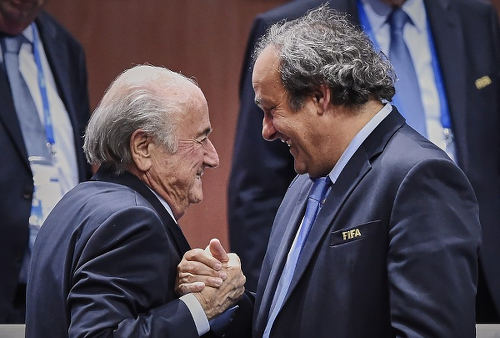
(Copyright Michael Buholzer/AFP 2015)
Possible measures that would have been effective and less restrictive include:
- Requiring owner injections to fund losses to be in the form of equity rather than shareholder loans.
- Setting ratio limits between revenues and debt levels (though established clubs with high levels of debt would likely have baulked at this).
- Tiered levels of allowable debt increases depending on revenue bases rather than a monolithic restriction.
- More flexible wage restrictions as a percentage of revenue rather than a hard ceiling.
Ultimately this lack of ownership leeway is what has resulted in the FFP rules becoming unstuck. The Court of First Instance in Brussels has recently ruled in favour of the claimants in the Striani/Dupont case as follows:
1) UEFA was prohibited from activating phase 2 of FFP (meaning that the clubs can still have a deficit of €45m, instead of €30m as provided by in phase 2);
2) The case was referred to the European Court of Justice, asking the EU supreme court if the UEFA break-even rule violates the following EU fundamental freedoms: free competition (101 and 102 TFEU), free movement of capital and freedom to invest (63 TFEU), free movement of workers and free movement of services.
3) These interim measures will remain in force until the EUCJ renders its judgment.

In addition to this case, Dynamo Moscow have recently refused a FFP plea-bargain and has taken their case to the CFCB (UEFA Club Financial Control Body) Adjudicatory Chamber. Details aren’t known but it seems likely that the club is challenging the equity injection rules.
How these cases will pan out cannot be predicted but there has been a lack of overt EC support for this aspect of the rules and the EC has never expressly indicated support the restrictions placed on benefactor owners who didn’t run their clubs into debt. UEFA has therefore had to backtrack on their implementation, though they remain committed to the concept.
The effects of these changes are already becoming apparent. Man City is gearing up for a round of massive spending as they retool.
Personally, I am glad to see FFP get knocked down a peg or two. With FFP as it currently stands, the rise of a club like Chelsea (I am not a fan btw) would not be possible.
Through the Abramovich era, Chelsea’s revenue has tripled and they have become a challenger not only in the EPL but are considered one of the serious challengers in the Champions League. The new rules would have made that rise virtually impossible because it came at considerable expense. The club is on track to becoming profitable and though its debt is high, it is manageable under the current revenue stream.
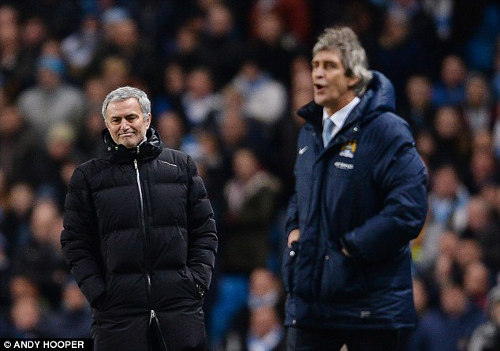
The feeling is not mutual.
(Copyright Andy Hooper)
Better FFP rules would mean that clubs like Southampton, with the support of the owners, could kick on and build on their fabulous academy by adding world class players to the team. That means better competition in the EPL which would only increase its viewership worldwide.
The same applies to clubs in all the other European leagues. If FFP is here to stay, then radical reforms are needed that are less restrictive to owners who are investing in their companies as they see fit.
Personally, I would prefer to see it gone completely but it appears that UEFA is not backing down on the issue. The EUCJ will seemingly have the final say and I for one hope they dismantle the current rules.
Kendall Tull is a Certified Management Accountant with the Ontario arm of the Society of Management Accountants and has an Honours degree from UWI in Industrial Management.
He has over 20 years of experience in both the private and public sectors in a variety of industries at both CFO and CEO level.
He is a former Trinidad and Tobago Hockey Board (TTHB) official and captain of the Queen’s Park CC and Notre Dame field hockey club.
 Wired868 Wired868 for smart sport news and opinion
Wired868 Wired868 for smart sport news and opinion



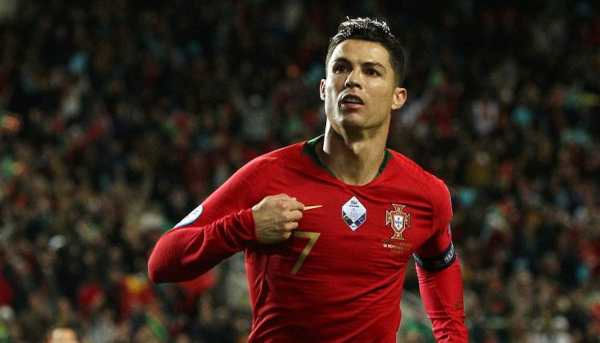
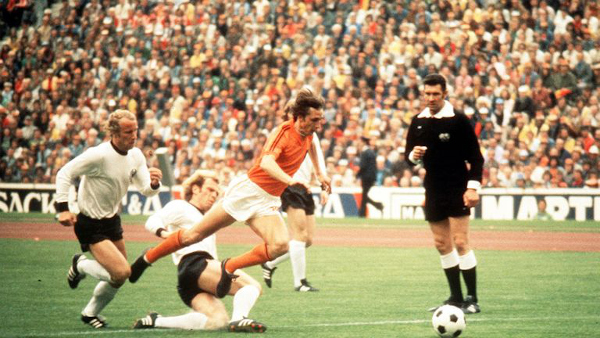
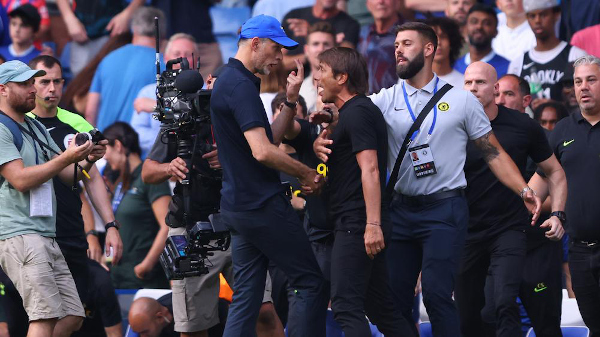

The world’s leading teachers of sound and music got together to teach their new student to sing. They were the best of the best. Their student failed to respond, failed in the most miserable of ways, and the cast of outstanding teachers were lost for words about the failure to impact their new student. Their student was the best of the best in his class. Nothing they did could bring forth sounds other than, “Squeals” and “Grunts”…. their student was a pig! My point? Simple! Try as hard as you might, you cannot teach a pig to sing! You cannot impact change! And so, you cannot decipher the minds of corrupt thinkers. How close can we get to those unreadable eyes and lost in the heads ears, that ridiculously relentlessly flickering, forked, and scent-tasting, tongue? You cannot, not for the life of you, dwell in and amongst vipers and feel the least comfortable about their motives…what’s next. As we have come to know, vipers are “a group of iniquitous people congregating together”. Aesop’s fable The farmer and the snake, in which the snake was rescued from freezing to death by a farmer, only to mortally bite him when it recovered. “Robert Greene used the term even more forcibly in The Art of Conny Catching, 1591: These villanous vipers, vnworthy the name of men, base roagues,… being outcasts from God, vipers of the world, and an excremental reuersion of sin.” These people who employ the FFP are as the English Parliament once described a group of plotters caught in the act of treason – they were referred to “A Nest of Perfidious Vipers”. Teach as hard as you must, the sounds will still always be, “Squeal” and “Grunt”! Nice work Kendall Tull.
I’ve always seen it for it is
A protectionist scheme for Real Madrid Barcelona Ac Milan and United
Great article